
Mongolian pastoralists were trying to remove troublesome teeth from horses' mouths almost 3,200 years ago, making those mobile herders the earliest known practitioners of horse dentistry, a new study finds.
Those initial, incomplete tooth removals led to procedures for extracting forward-positioned cheek teeth known as first premolars from young horses, say archaeologist William Taylor and his colleagues. That dental practice, which dates to as early as about 2,800 years ago, coincided with the appearance in Mongolia of metal bits that made it easier for riders to control horses, the researchers report the week of July 2 in the Proceedings of the National Academy of Sciences. Long-distance travel and mounted warfare with sedentary civilizations across Asia soon followed.
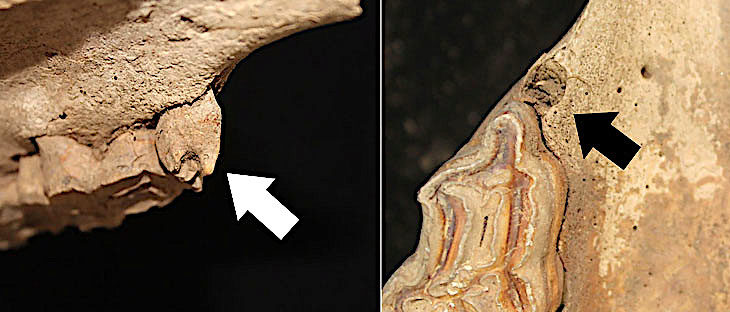
Evidence of first premolar extraction appeared in an empty tooth socket, right (black arrow), of a Mongolian horse from between around 2,300 and 2,700 years ago. A Mongolian horse from roughly 3,000 years ago, left, retains its first premolar (white arrow), indicating that the dental procedure was not yet in use.
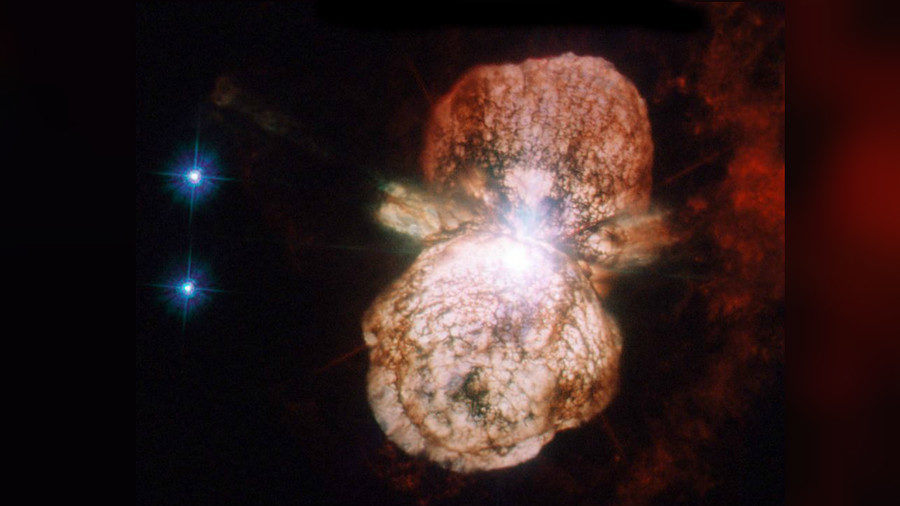
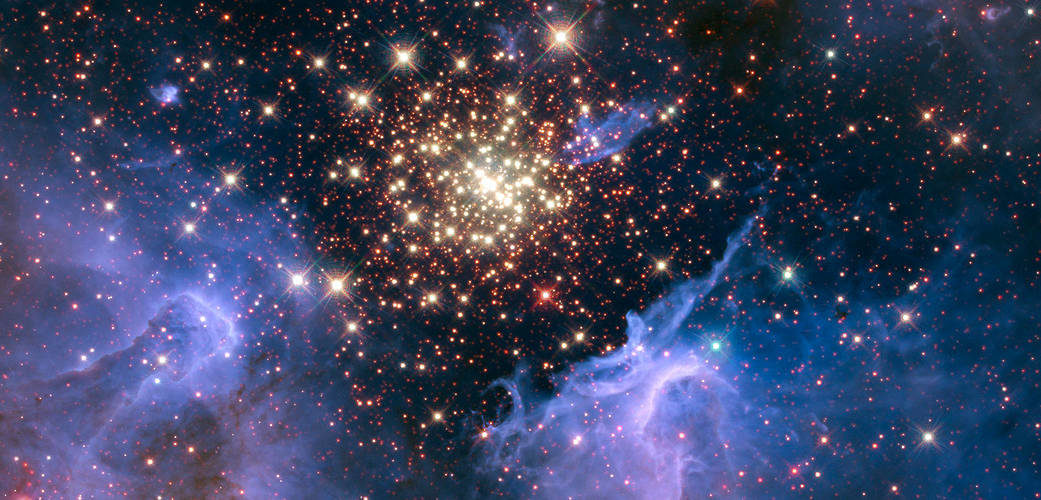

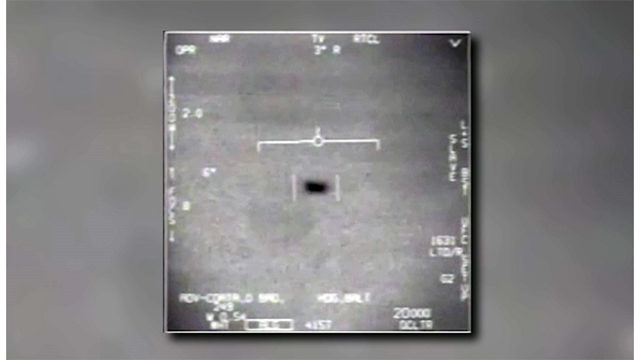

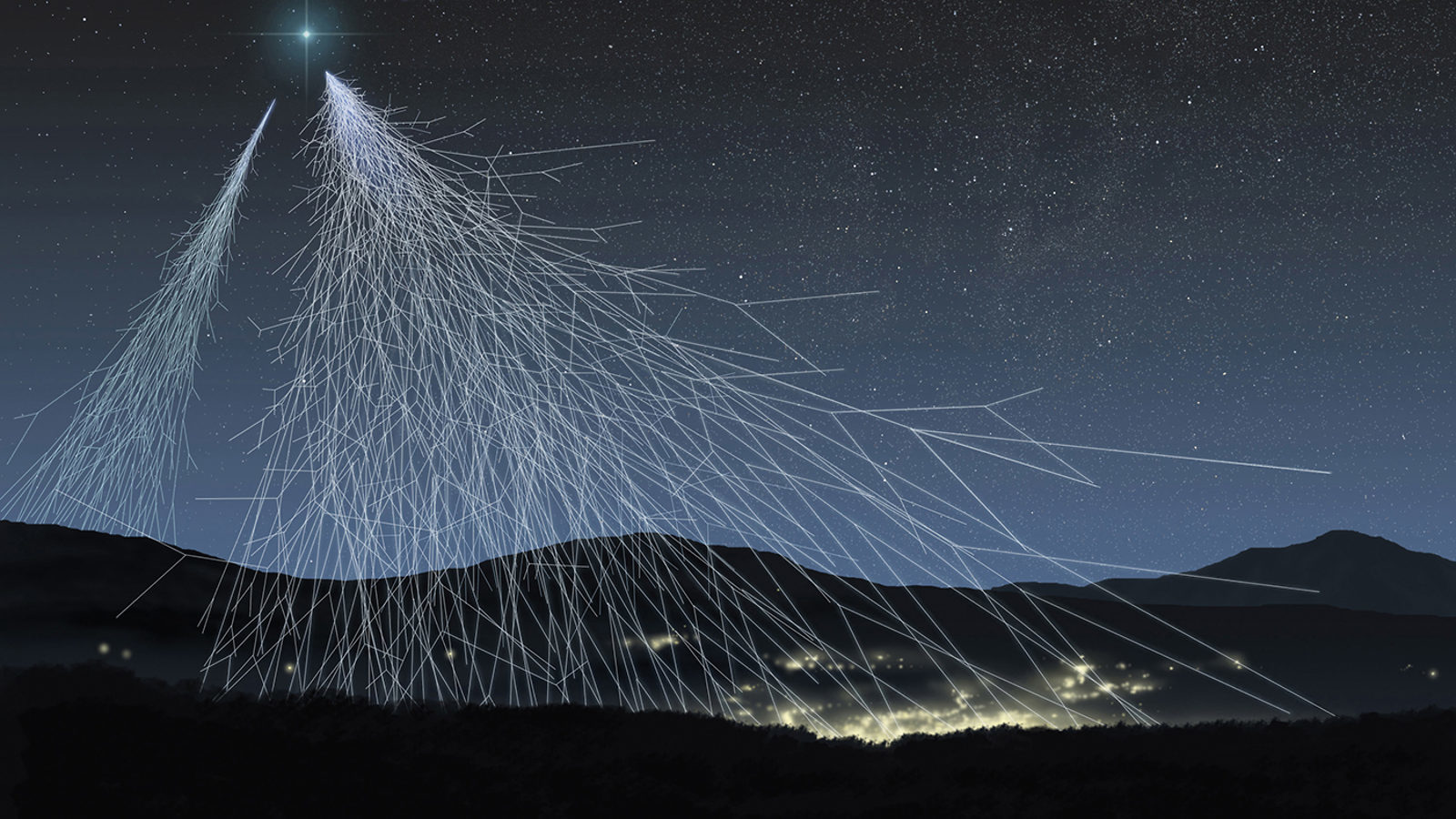
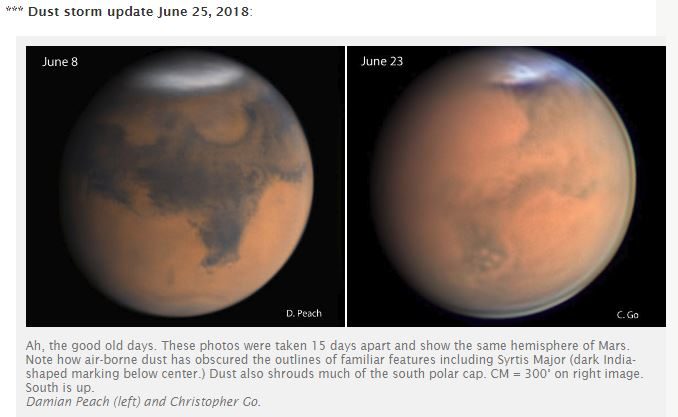




Comment: There is already evidence showing that a rise in cosmic rays reaching our atmosphere leads to increased cloud cover, resulting in a change in weather patterns, as well as more speculative theories regarding an influence on volcanoes, earthquakes and even human biology. And so with the decreasing strength of Earth's magnetic field during one of the lowest solar minimum's ever recorded, meaning more cosmic rays penetrating our planet, and likely the others in our solar system too, one wonders what this recent blast has in store for humanity?